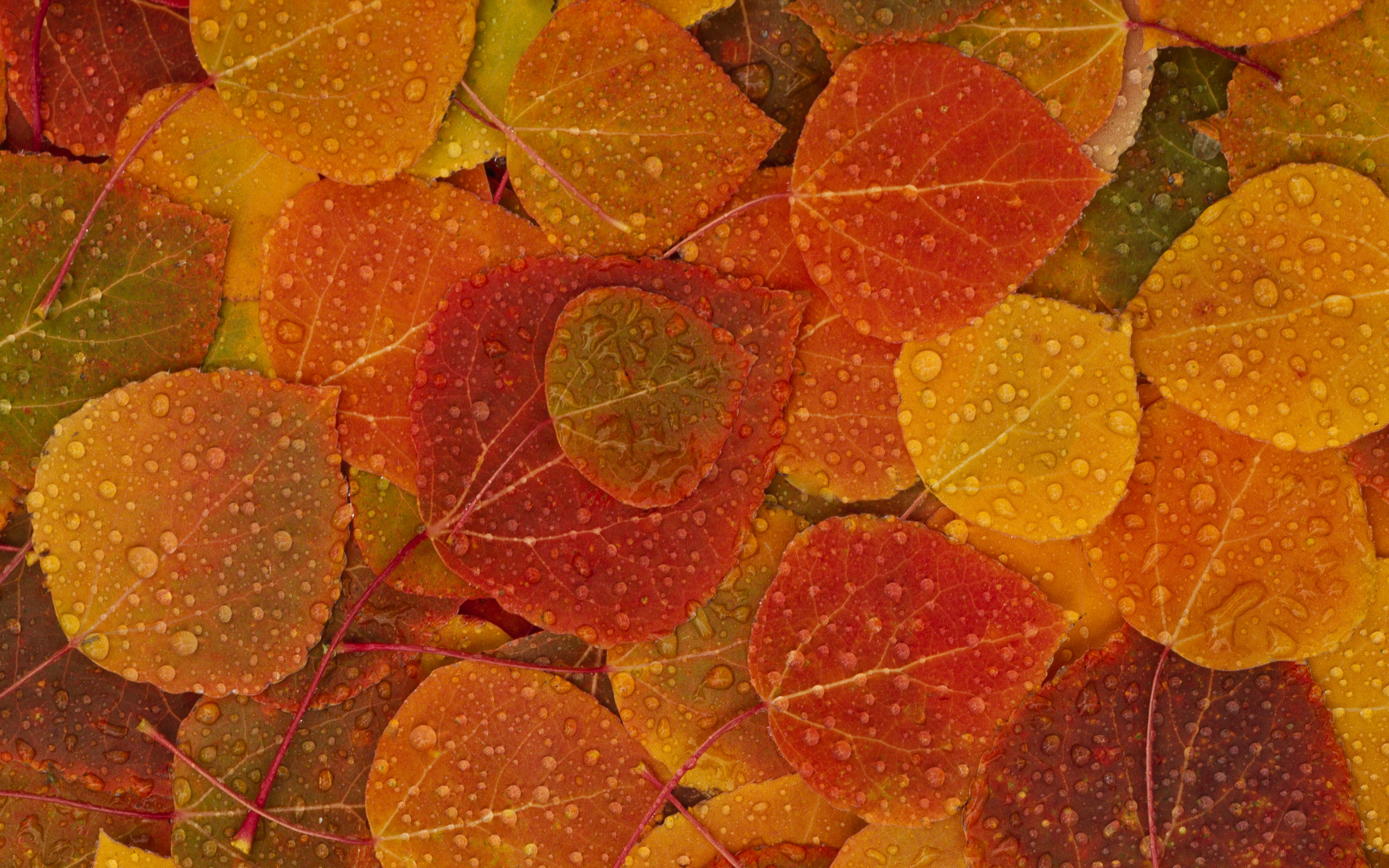Yep, it's that time again
Allowing your garden to sleep is particularly important in the cycles of growing things. One of the central tenants of Permaculture is to waste nothing and I have a wonderful tip for you this fall/winter - one word: LEAVES!Leaves are a blessing from nature in the deciduous areas of the Earth, but we have forgotten their worth. Leaves are a natural insulator and fertilizer for the soil they fall on and we can utilize this gift in our veggie gardens as well! So this year instead of carting off your leaves, pile them on your garden beds.
As the leaves break down over the long winter months they add precious nutrients to your top soil effectively replenishing the energy and vital minerals such as carbon and nitrogen that your garden consumed during the spring summer and fall. We hear consistently that top soil quantity and quality around the world diminishes each year, this year I challenge you to help reverse this process and use the gifts that fall at your feet to nourish your home garden.
In addition to adding nutrients leaves help to keep your soil at a higher average temperature which may allow you to start your gardens earlier in the spring than you would have otherwise. Another tip is to layer your garden beds with leaves, then un-inked/soy-inked cardboard and then biodegradable landscaping cover (black fabric-esque material). This will attract worms and help to break down the leaves and cardboard for the spring!
Love your gardens and give them something to snack on all winter long!


Great post! I just put a bunch of leaves on as many of the beds that I could at the community garden I run on JB Lewis-McChord. The soil was a little sad this past growing season and I'm hoping the leaves will help out for next year.
ReplyDeleteThanks for the tips Dave. We have a big leaf maple tree that drops a huge pile of leaves each fall and for years I have filled up my yard waste bin with them. This year I will take your advise and let them feed my garden.
ReplyDeleteDave, What do you think about leaving a light layer of leaves on grass over the winter? I live in Seattle so there is lots of rain for the leaves to break down during that time.
ReplyDeleteI couldn't help but think of the aesthetic quality's of having leaves strewn about ones garden. I really like the look of having a well maintained garden. I always like to put rich dark fertilizer around my plants, because it makes the whole garden look great. I wonder if there was a product out there that sold chopped up leaves as a insulator for plants during winter months. As long as the material was rich in color and not looking like the traditional dry leaves, I would definitely purchase it. Perhaps a combo of chopped up leaves and soil? Not, sure. Interesting read though.
ReplyDeleteLisa,
ReplyDeleteYou can use leaves to amend any soil, if you want them to feed your lawn, then yes! go for it! keep in mind though that the access for worms and other bugs is somewhat limited to leaves sitting on top a lawn, when the leaves have more direct contact with your soils, the decay process is usually faster.
Alex,
Putting your garden to bed doesn't have to be leaves strewn about in your garden. In fact, I've been able to make it look rather nice for some of my clients using bio-degrable landscape fabric over the leaves and tucking the edges underneath. Part of the point of using your own leaves or leaves you find in the neighborhood is that you aren't buying a product that has been processed or color enhanced or even buying a product at all. You're utilizing a process that occurs naturally in your own backyard to your benefit.
Ben and Miriam,
I'm soo happy to have inspired you!
Keep tuned in for my post on building a cheap, but effective cold-frame for growing veggies all year long!
I remember when I lived on the east coast that people would spend all fall bagging up their leaves and carting them away. It hurts when we're fighting to get rid of a gift given to us by nature!
ReplyDeleteNever underestimate the power of compost. We pile everything from the garden into a compost bin made of 6 old wooden pallets literally held together with baling wire. Even corn stalks will rot down over the winter if composted properly, especially considering how much winter rain we get. There is something very proper about all the weeds that invaded the crops being turned into fertilizer. As you say, leaves make a great cover compost, but it's a heck of a job to rake wet leaves off the lawn.
ReplyDelete